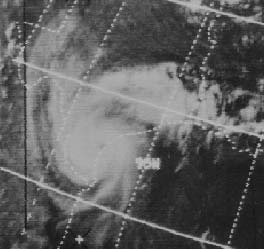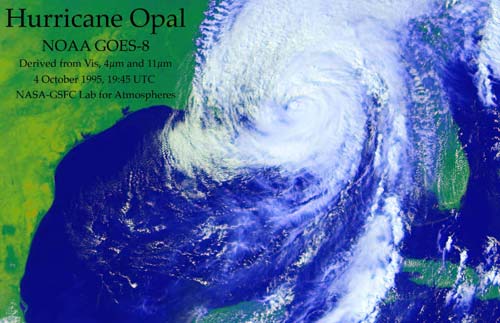In the dictionary, “hurricane” means a storm or tempest. Meteorologists translate it as “tropical depression.” However, according to Answers.com, a hurricane is defined as: “A large tropical storm originating from regions along the equator of the Atlantic Ocean or the Caribbean Sea or from the eastern Pacific Ocean, usually moving in a north, northwest, or northeast direction from its point of origin and always accompanied by heavy rainfall and winds exceeding 74 miles per hour.”
This is the definition from a standard dictionary. In an encyclopedia, a hurricane is defined as follows:
“It is a tropical storm with wind speeds exceeding 74 miles per hour (119 km/h). Wind speeds can reach over 190 miles per hour in some cases. The term ‘hurricane’ is used specifically for tropical storms originating in the North Atlantic. Tropical storms that appear in the western Pacific are referred to as ‘typhoons’ (also a type of tropical storm with strong winds) originating from regions along the equator. In Australia, tropical storms are called ‘willy-willys,’ and if hurricanes occur over the Indian Ocean, they are called ‘tropical cyclones.’ Hurricanes can have short or long lifespans, ranging from 1 to 30 days. They weaken and transform into smaller storms after spending a prolonged period over colder ocean waters at a distance from the equator. Tropical depressions quickly dissipate when they make landfall.
Formation of Tropical Depressions (Hurricanes)
A typical storm must pass through two intermediate stages—tropical depression and tropical storm—to reach hurricane intensity. Tropical depressions begin over the ocean near the equator, initially as a collection of thunderstorms in the tropical region. However, the low pressure in the storm’s center causes humid, warm air from the sea surface to rise, increasing atmospheric pressure and pushing air outward. Changes in wind patterns cause clouds to begin rotating around a central point known as the “eye.” If the wind reaches a strong enough speed, it will transform into a tropical storm. The wind spiral strengthens, and as clouds are pushed lower and spread wider, when wind speeds exceed 174 miles per hour, it is classified as a Category 5 hurricane. Category 5 is the highest classification. Hurricane Rita, at Category 4 with winds of 145 miles per hour, was later downgraded to Category 3 as it approached Port Arthur. Satellite images of the storm’s surface show a clear view of the “eye” of the hurricane.
Movement Speed of Tropical Depressions
Tropical depressions typically move westward at a speed of about 10 miles per hour during the initial stages, then curve towards the poles as the storm progresses towards the western boundaries of oceans at latitudes 20-30. In the Northern Hemisphere, smaller tropical depressions often concentrate over the Atlantic Ocean and gradually increase in size as they move westward. Tropical depressions usually form offshore from the western coast of Mexico and then move northeastward.
Between June and November, an average of six tropical storms become tropical depressions annually along the eastern coastline of North America, typically over the Caribbean Sea and the Gulf of Mexico. Two of these storms are classified as major hurricanes ranging from Category 3 to Category 5 on the Saffir-Simpson scale. On average, one in three typical tropical depressions moves towards the U.S. coastline each year, while some others may change direction from west to northeast. If calculated precisely, there are approximately six tropical depressions that impact the U.S. annually.
Tropical depressions and tropical storms in the Northern Pacific typically occur from May to December. Tropical storms and cyclones in the Southern Hemisphere tend to concentrate from December to April each year. In the Bay of Bengal and the Arabian Sea, tropical cyclones usually appear from April to June or from September to December.
Damage Caused by Tropical Depressions
Strong winds are the primary cause of initial damage to life and property. Another damaging factor is flooding, resulting from the storm carrying heavy rainfall. In the case of Hurricane Katrina, the wind caused only part of the damage, but the majority was due to rainfall breaching levees from Lake Pontchartrain. The Saffir-Simpson scale is used as a standard to measure the damage potential of tropical depressions.
This measurement is ranked from Category 1 (minimal) to Category 5 (catastrophic). Meanwhile, a super-sized tropical storm is ranked alongside large tropical depressions from Category 4 to Category 5.
According to documents from the U.S. Weather Bureau, there have been five tropical depressions that have struck the U.S. since the first tropical depression occurred on Labor Day in 1935, devastating the Florida Keys and resulting in 600 fatalities. However, the record for damage caused by a tropical depression was broken by Hurricane Katrina (to this day) with a death toll of 1,036. Below are some notable tropical depressions and cyclones with significant loss of life and property:
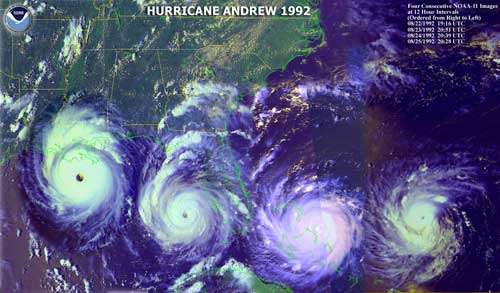 |
|
Hurricane Andrew in 1992 devastated the Homestead area of Florida (Photo: Noaa) |
 |
|
Hurricane Mitch in 1998, Category 5, peaked over the Caribbean Sea (Photo: Nasa) |
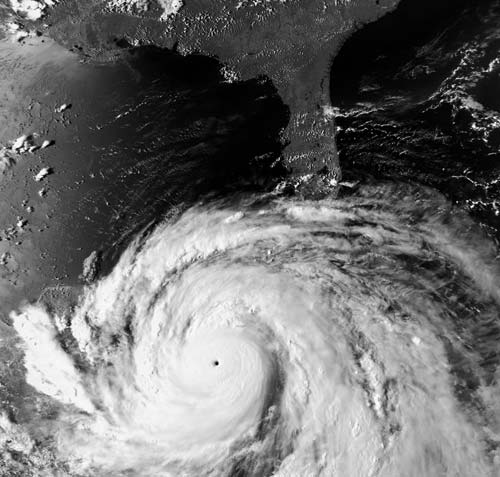 |
|
Hurricane Gilbert in 1988 was a Category 5 storm at its peak and the strongest tropical cyclone (Photo: Weathersatellite) |
|
|
|
In 1970, a tropical cyclone in the Bay of Bengal killed approximately 300,000 people, mostly due to drowning (Photo: Noaa) |
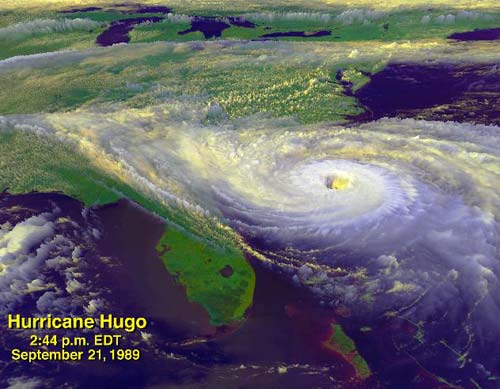
|
|
In the U.S., Hurricane Hugo in 1989 in South Carolina and Hurricane Opal (1995), Charley, Ivan, and two other storms in 2004 in Florida caused damages amounting to billions of dollars (Photo: Nasa) |
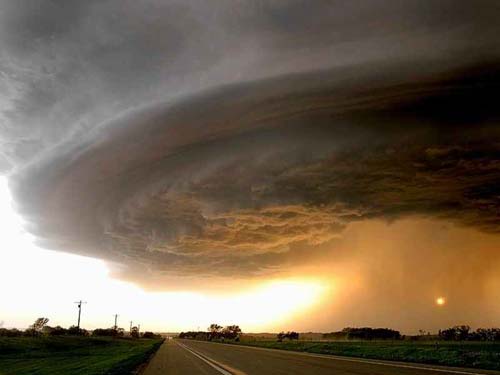 |
|
In 2005, Hurricane Katrina, peaking at Category 5, resulted in flooding in New Orleans. Over 1,000 people died in New Orleans, with property damage reaching tens of billions, potentially even hundreds of billions (Photo: Firestop.co.za) |
To mitigate the potential damage caused by tropical depressions, many programs have been researched to intercept the causes of these storms during their development phase, but these programs have not been successful. Additionally, researchers have explored various programs to reduce the potential harm from tropical depressions, such as establishing better warning systems. Monitoring of tropical depressions must be conducted especially when the conditions for storm development begin to threaten the public. Responsible agencies need to inform the public of the dangers posed by tropical depressions when wind speeds reach 74 miles per hour or when the sea begins to churn violently, within a 24-hour timeframe.
Vu Huy Thuc








































